I inventory our disaster supplies and make sure people know where to find them every year during Preservation Week and May Day. We have plenty of supplies and equipment in the main library where Conservation is located. A couple years ago we expanded our supplies to include branch libraries and our Collections Services building.
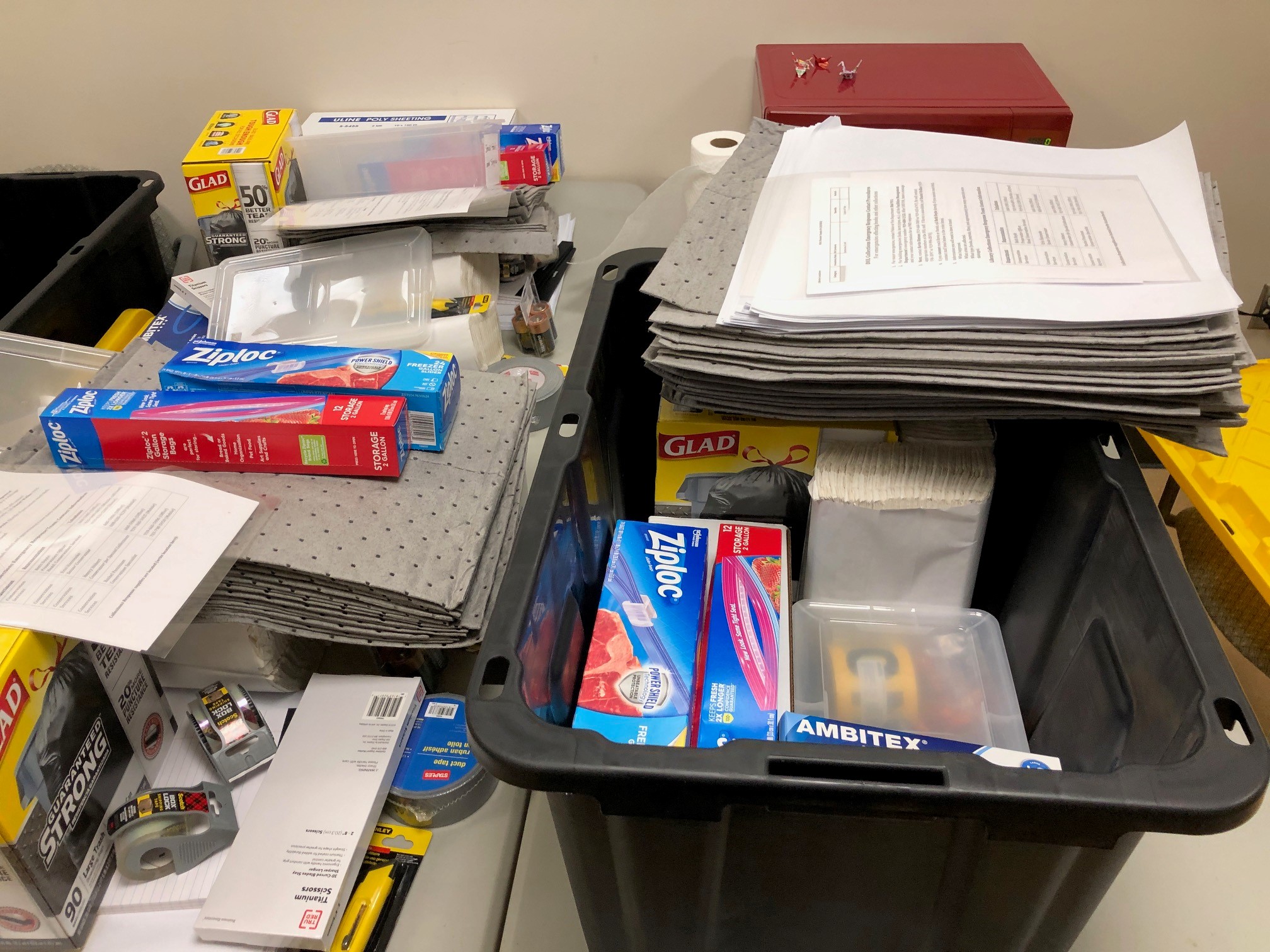
While there are many disaster supply lists available online (see below), we found that for our locations we needed customized supply totes. Our totes are stocked with the basics that are needed to respond to small incidents, or start a response while staff await the disaster team’s arrival. Here is a screenshot of our tote contents. I will probably tweak this list going forward, but these totes have proved useful already by all of our branches.

Our supply cabinet in Collections Services contains the same supplies, plus it has some handy tools and supplies for Conservation when we are on site doing some minor repairs.

Online Kit Supply Suggestions
There are a lot of resources out there that will advise you on what In our experience we have found that every site has different needs for their disaster kits. These are great places to start your supply list. If you are in a small institution, these can be a quick and easy way to get some supplies in place, then you can add/subtract supplies later to make the kits your own.
AIC Collections Emergency Kits This presentation from 2021 has a variety of handouts.
Harvard Library Recommended Emergency Supplies An extensive list to get you started.
NEDCC Preservation 101 Disaster Supply Checklist A handy printable checklist.
University Products Disaster Recovery Kit An off-the-shelf option with some basic supplies.
Gaylord Be Ready Recovery Kit Another ready-made option.
What’s in your disaster supply kit?


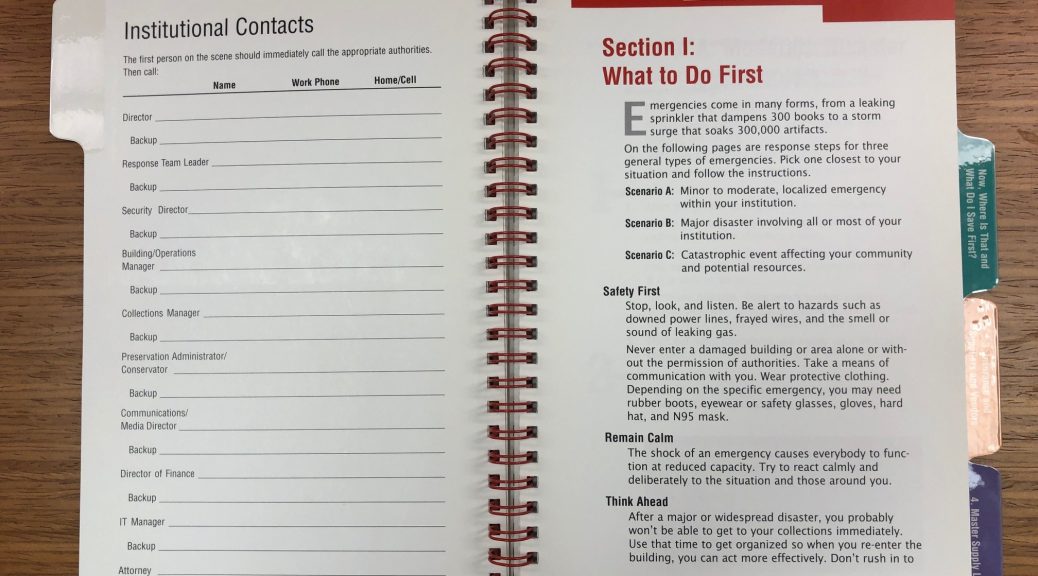
 It’s May Day, the
It’s May Day, the 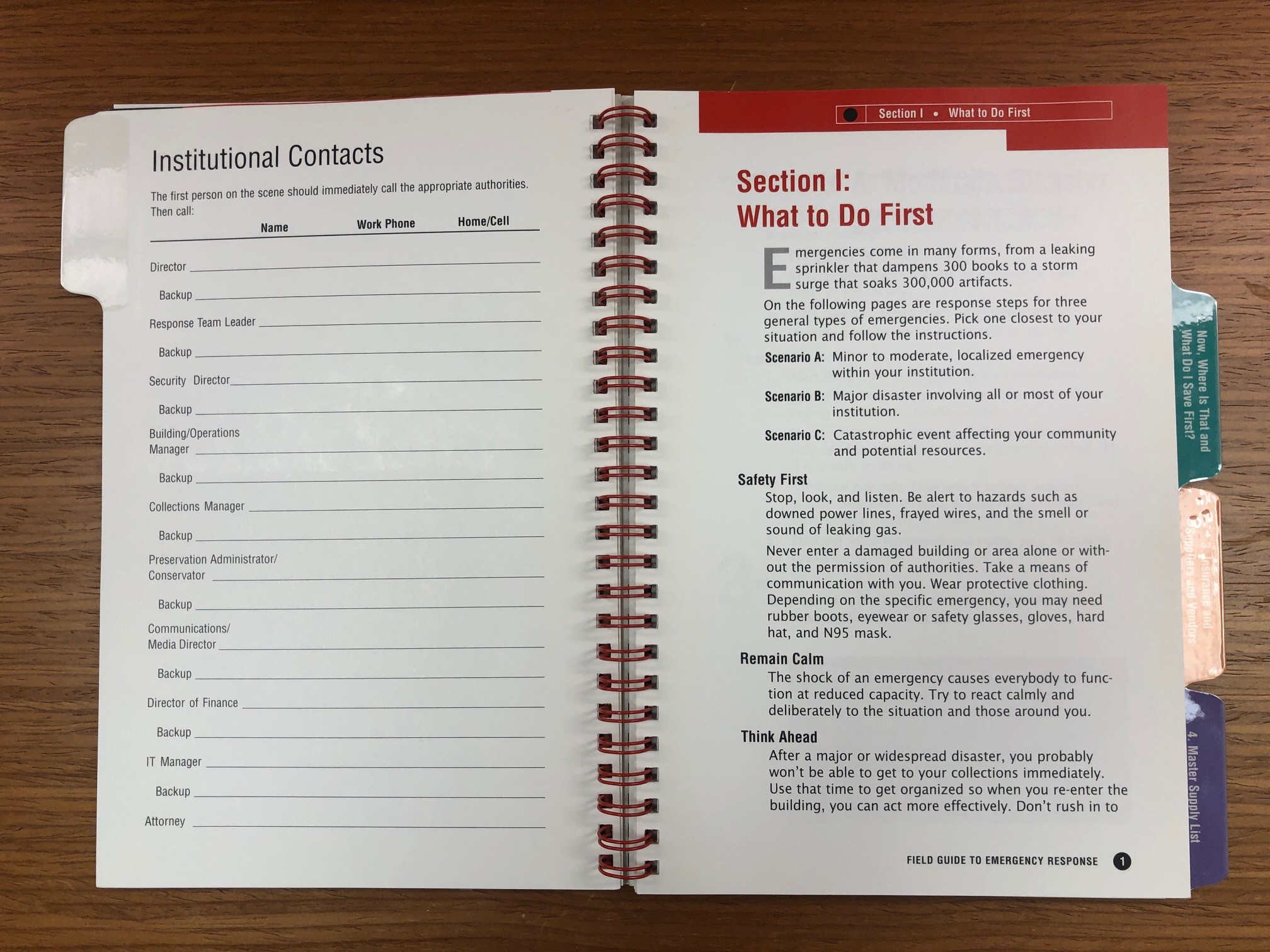
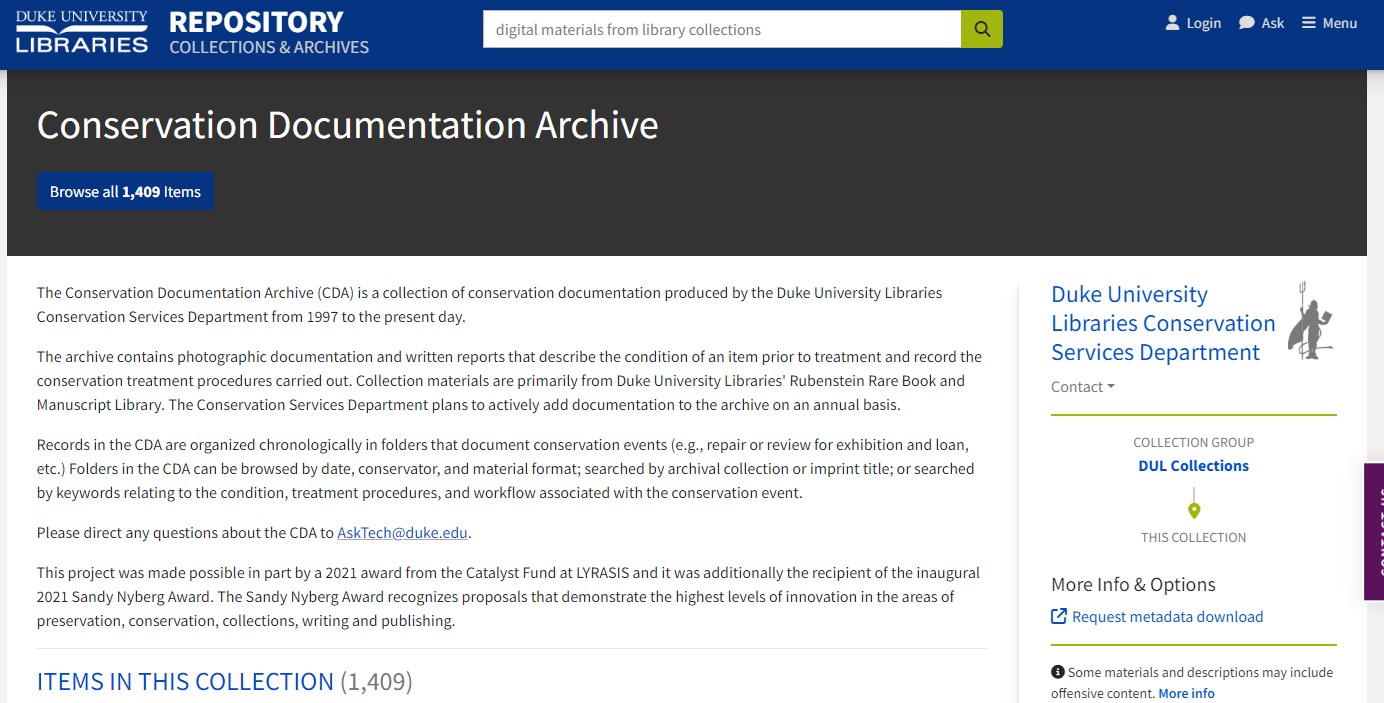



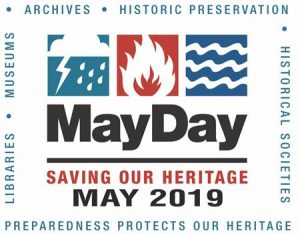



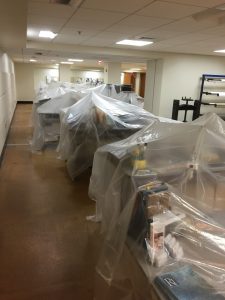
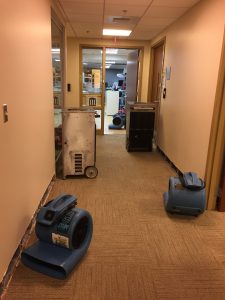

 Happy May Day! Today, we will be welcoming the coming of spring by dancing around the May Pole and celebrating International Workers Day. Since May Day is also the traditional day to prepare for an emergency in your cultural institution, we will also be making sure we are ready in our library.
Happy May Day! Today, we will be welcoming the coming of spring by dancing around the May Pole and celebrating International Workers Day. Since May Day is also the traditional day to prepare for an emergency in your cultural institution, we will also be making sure we are ready in our library.
